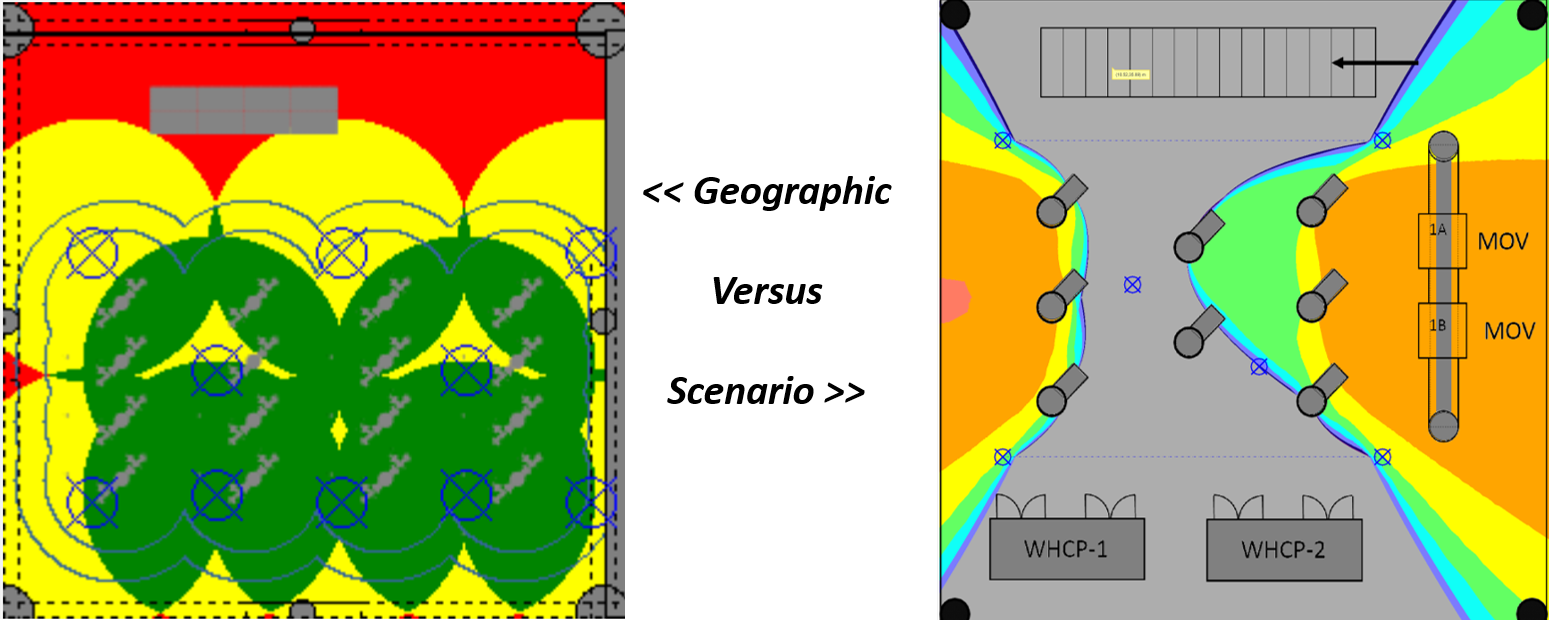In the past few years, the use of quantitative risk analysis tools to determine the required number of location of gas detectors has gotten more attention in the literature and also in real world project execution. While there is great interest in these performance based methods, often referred to as fire and gas mapping, there is little information available on how these types of studies are performed. The linked paper will provide a discussion of how gas detector coverage, as defined in the ISA 84.00.07 technical report Guidance on the Evaluation of Fire and Gas System Effectiveness is calculated. Specifically, the paper will address the definition of scenario coverage and how it is more accurate and effective than more common, but less sophisticated geographic coverage, because it takes into consideration the actual leak sources and nature of the leak scenarios. Scenario coverage modeling techniques require more effort, but ultimately result in better protected facilities and lower capital costs because the detector design is optimized.
The paper will begin with a discussion of the creation of Gaussian dispersion models from a sufficient set of leak sources and leak conditions. These modeling results will then be manipulated to consider multiple release orientations and their relative frequency, along with consideration of wind directions by modifying the relative directional release frequency based on wind direction frequency. Next a discussion of integration of the risk is presented, discussing accumulation release frequency at all geographic positions based release scenarios present in those locations. Coverage calculation is then described as the determination of which scenarios are detectable given the detector locations relative to locations of released gas clouds. Resulting the calculation of coverage as a fraction of detected scenario frequency over total scenario frequency. The paper will then go on to provide an example of how results are typically presented both graphically and in a tabular format. The paper will give an overview of the entire process using a case study of a well bay in an offshore oil production platform.

